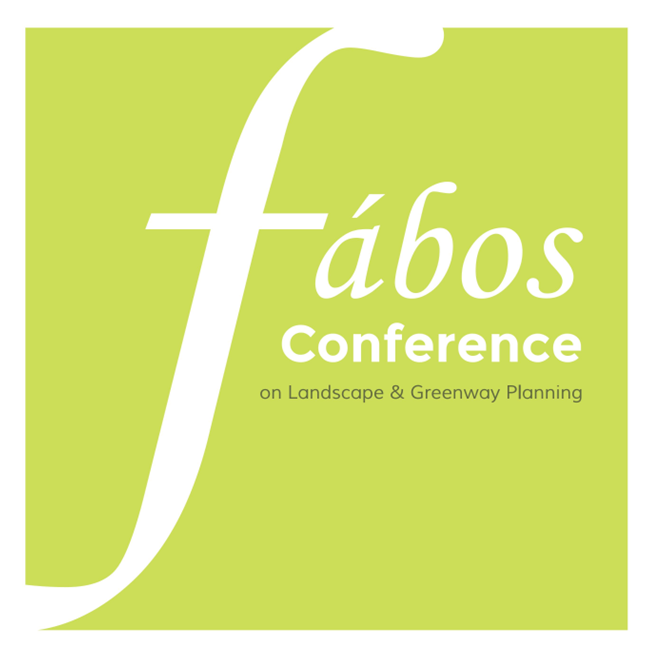Scientific Approaches for Designing Ecological Networks: A Case Study for the Faunal Species of Inland Wetlands of Lower Saxony, Germany
- Rosa Contreras (Faculty of Marine Sciences, Program of Environmental Sciences, Autonomous University of Baja California)
Abstract
Several methods and tools have been developed to achieve the goals of nature conservation and for the design of ecological networks. In that sense, some frameworks proposed by several authors are applied to all levels of biodiversity conservation. One goal of the ecological networks is to represent and to promote the persistence of biodiversity within a region, however few efforts have concentrated the tools or methods useful to implement such frameworks. In several cases, the focus is on the quantitative area selection methods, others on the focal species approach or just on the species persistence and viability analysis. Nonetheless, when developing ecological networks at broad scales, concentrating the attention in just one of these approaches does not ensure that the most valuable areas for species conservation in wetlands or any other systems are selected. For this reason, the basic step to identify the useful tools to apply for achieving specific conservation goals is to have the scientific background to guide the conservation planning process. Some of the biggest problems to apply more than one of these approaches are the availability of data, the available resources, the financial support and time.
This study compares different approaches of conservation planning that guide the design of ecological networks and identifies different available methods used to support such a design. Moreover, applies different methods for the design of a network for the conservation of faunal species of in-land wetlands of Lower Saxony, following a systematic conservation planning framework. The goal is to concentrate and to compare different methodologies, and to identify its role in the conservation planning frameworks, as well as to identify the lack of information to achieve certain conservation goals in order to direct the future efforts in the collection of data and information of the region, and finally to point in the most urgent local studies.
Keywords: greenways, ecological, networks, saxony, germany, inland, wetlands
How to Cite:
Contreras, R., (2013) “Scientific Approaches for Designing Ecological Networks: A Case Study for the Faunal Species of Inland Wetlands of Lower Saxony, Germany”, Fábos Conference on Landscape and Greenway Planning 4(1). doi: https://doi.org/10.7275/fabos.722
Downloads:
Download PDF
159 Views
61 Downloads
